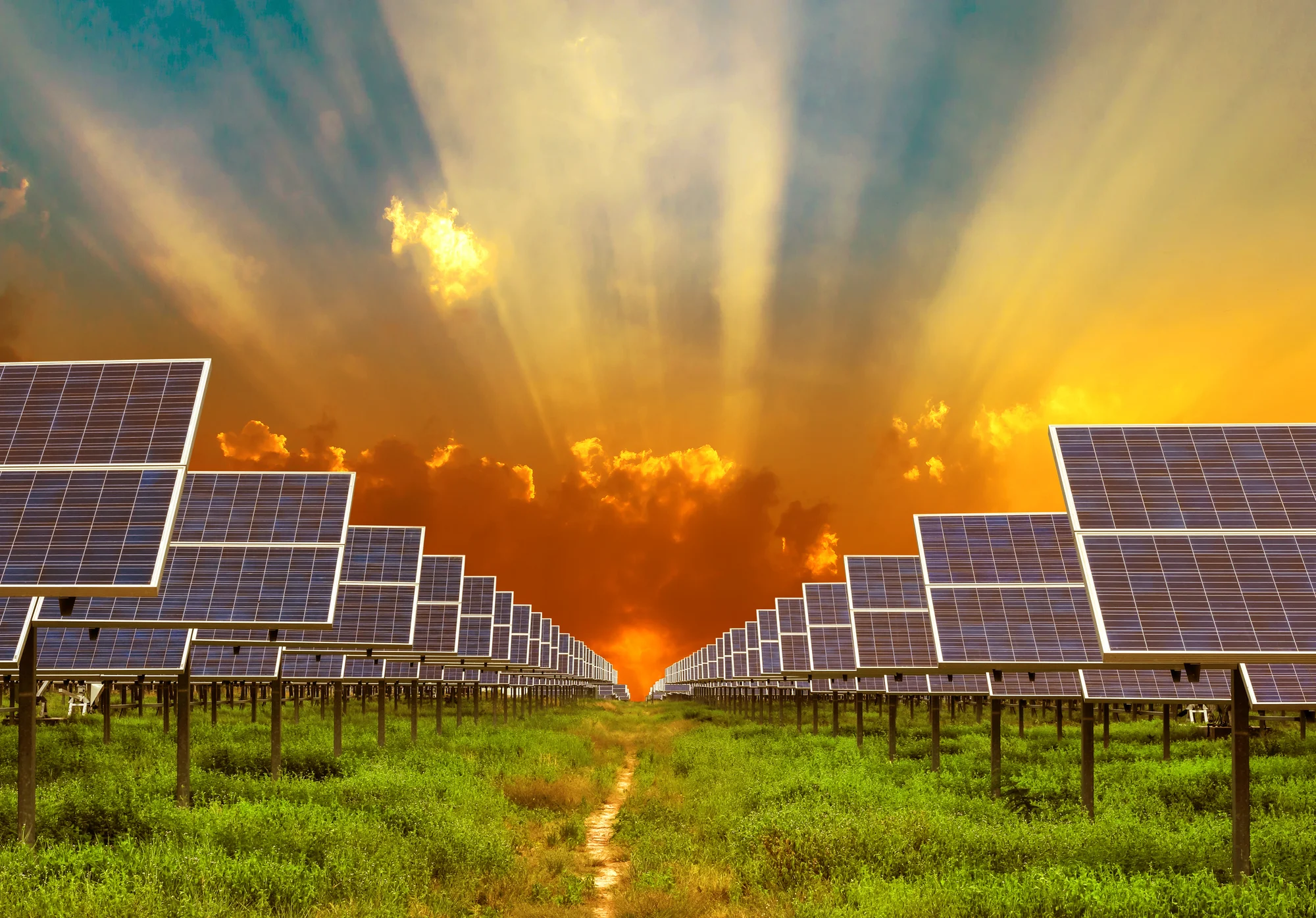Types of Solar Panel
A Comprehensive Guide To Solar Panels
Solar panels have emerged as a beacon of hope in our quest for sustainable energy solutions. The idea of harnessing the boundless energy of the sun through photovoltaic (PV) technology has gained widespread attention and significance. In this article, we delve into the world of solar panels, exploring their role in the renewable energy landscape and how they are making strides toward a cleaner and more sustainable future.

Types Of Solar Panels
Solar Cell / Panels work with the basic Photovoltaic Effect (PV-technology). Conventionally, using semi-conductors, utilizing the incident irradiation, converting the sunshine to direct current (DC), which then is converted to usable alternating current (AC) with the inverters.
Every type of solar panels has their own characteristics, significance, pros and respective cons.
There are three generations of solar cells, out of which first generation has been the most applicable, currently.
Every type of solar panels has their own characteristics, significance, pros and respective cons.
There are three generations of solar cells, out of which first generation has been the most applicable, currently.
1. First Generation
- Mono-Crystalline
- Poly-Crystalline.
2. Second Generation
- Amorphous Silicon Solar Cells
- Chalcogenides
3. Third Generation
- Multi-Junction Solar Cell
- Perovskite Solar Cells
- Organic Solar Cells
Monocrystalline Solar Panels:
- These panels are made from single-crystal silicon, giving them a uniform and efficient structure.
- Monocrystalline panels tend to be more space-efficient and have higher energy efficiency compared to other types.
- They are often considered the most efficient type of solar panel, making them a popular choice where space is limited.
| Monocrystalline Solar Panels | Polycrystalline Solar Panels |
| Made of single crystal silicon | Made of multiple silicon fragments melted together |
| Black in color | Dark blue in color |
| More efficient (17-22%) | Less efficient (15-20%) |
| More expensive | Less expensive |
| More space-efficient | Less space-efficient |
| More sensitive to high temperatures | Less sensitive to high temperatures |
In Pakistan, a variety of solar panels are available to meet diverse energy needs. These include:
1. Thin-Film Solar Panels:
- Thin-film solar panels use various materials like amorphous silicon, cadmium telluride (CdTe), or copper indium gallium selenide (CIGS) deposited on a substrate.
- They are less efficient than crystalline panels but are lightweight, flexible, and suitable for specific applications like building-integrated photovoltaics (BIPV) or portable solar chargers.
2. Bifacial Solar Panels:
- Bifacial panels can capture sunlight from both the front and rear sides of the panel, making them more efficient in certain conditions.
- They are often used in commercial and utility-scale installations, as they can reflect light off surfaces, such as the ground, to increase energy generation.
3. Concentrated Photovoltaic (CPV) Panels:
- CPV panels use lenses or mirrors to concentrate sunlight onto high-efficiency solar cells.
- They are highly efficient but require precise tracking systems to follow the sun’s movement, making them more suitable for large-scale solar farms.
4. Building-Integrated Photovoltaics (BIPV):
- BIPV systems are designed to be integrated into building materials like solar roof tiles or solar windows, combining functionality with aesthetics.
- They offer a seamless integration of solar power generation into the building’s structure.
Best Brands Of Solar Panels In Pakistan:
- Canadian Solar
- Jinko Solar
- JA Solar
- LONGI Solar
- Trina Solar
- SunPower
- Yingli Solar
- Panasonic
- Zhongli
- Suntech
- Tongwei

